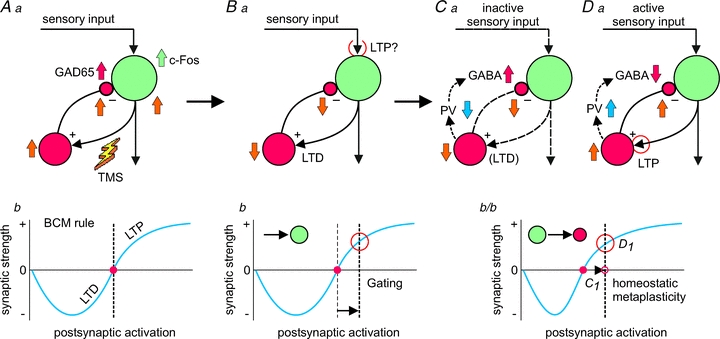Figure 5. Modell of iTBS-related improvement of learning performance according to changes in the activity of PV+ FS interneurons.

Aa, high-frequency activation of cortical axons by iTBS-rTMS will not only result in activation of excitatory neurons (pyramidal cells – green), but also of the excitatory synapses on inhibitory interneurons (here PV+ FS cells – red) and, secondary, their GABAergic synapses (yellow arrows indicate changes in electrical activity). Bb, as a consequence, these synapses are depressed (long-term depression, LTD) leading to hypoactivation of the interneurons and disinhibition of the pyramidal cell. As a gating process, this disinhibition may promote long-term potentiation (LTP) of active sensory inputs due to enhanced postsynaptic activity. Ab, the Bienenstock–Cooper–Munro model (BCM, Bienenstock et al. 1982) postulates that synaptic plasticity (LTD or LTP) is governed by a dynamic threshold (red dot) which adapts to the global mean rate of postsynaptic activation. In a balanced cell, this threshold is close to this activity level (vertical dotted line). Synaptic plasticity can be induced either if postsynaptic activity level at a particular synapse is significantly deviating from this threshold, as would be the case with gating by disinhibition (Bb), or if the plasticity threshold has been shifted by the history of postsynaptic activity (Cb). Postsynaptic hypoactivity induced via previous LTD at the excitatory synapses on PV+ cells would shift the plasticity threshold to a lower level of postsynaptic activity and would favour induction of LTP at sensory active synapses (Da and Cb/Db) while the inactive synapses remain depressed (Ca). For further explanations regarding the changes in PV expression and GABA release at either active or inactive circuits, see discussion in the main text.
